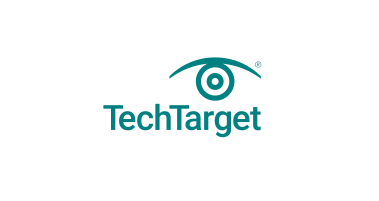managed detection and response service, it is important for a company to carefully consider the offerings of each vendor and how they align with the company’s specific needs and infrastructure. This requires thorough evaluation, but the benefits that MDR services can provide in terms of threat detection, incident response, around-the-clock monitoring and access to security expertise make it a valuable investment for many organizations.
It is crucial for companies to consider the potential challenges associated with MDR services, including complex deployment, cost considerations, integration with existing infrastructure, evolving threat landscape, and the possibility of inadequate responses from certain providers. By thoroughly evaluating the capabilities and limitations of MDR services, organizations can make informed decisions about whether to invest in these services or consider other options such as MSSPs.
Furthermore, understanding the differences between MDR services and classic managed security products is essential for companies looking to enhance their cybersecurity defenses. While both types of services aim to assist companies with cybersecurity, there are key distinctions in areas such as compliance focus, log format, human interaction, detection methods, network visibility, resource allocation, notifications, monitoring, technology types, and more. By understanding these differences, organizations can better determine which type of service may be best suited for their specific needs.
In conclusion, managed detection and response (MDR) services offer a proactive approach to cybersecurity, providing a range of benefits such as threat detection, incident response, continuous monitoring, access to security expertise, and customized security rules and services. However, it is important for organizations to carefully consider the potential challenges associated with MDR services, as well as understand the differences between MDR services and classic managed security products. By thoroughly evaluating the offerings of various vendors and understanding the specific needs of their organization, companies can make informed decisions about whether to invest in MDR services or explore alternative options for enhancing their cybersecurity posture.


